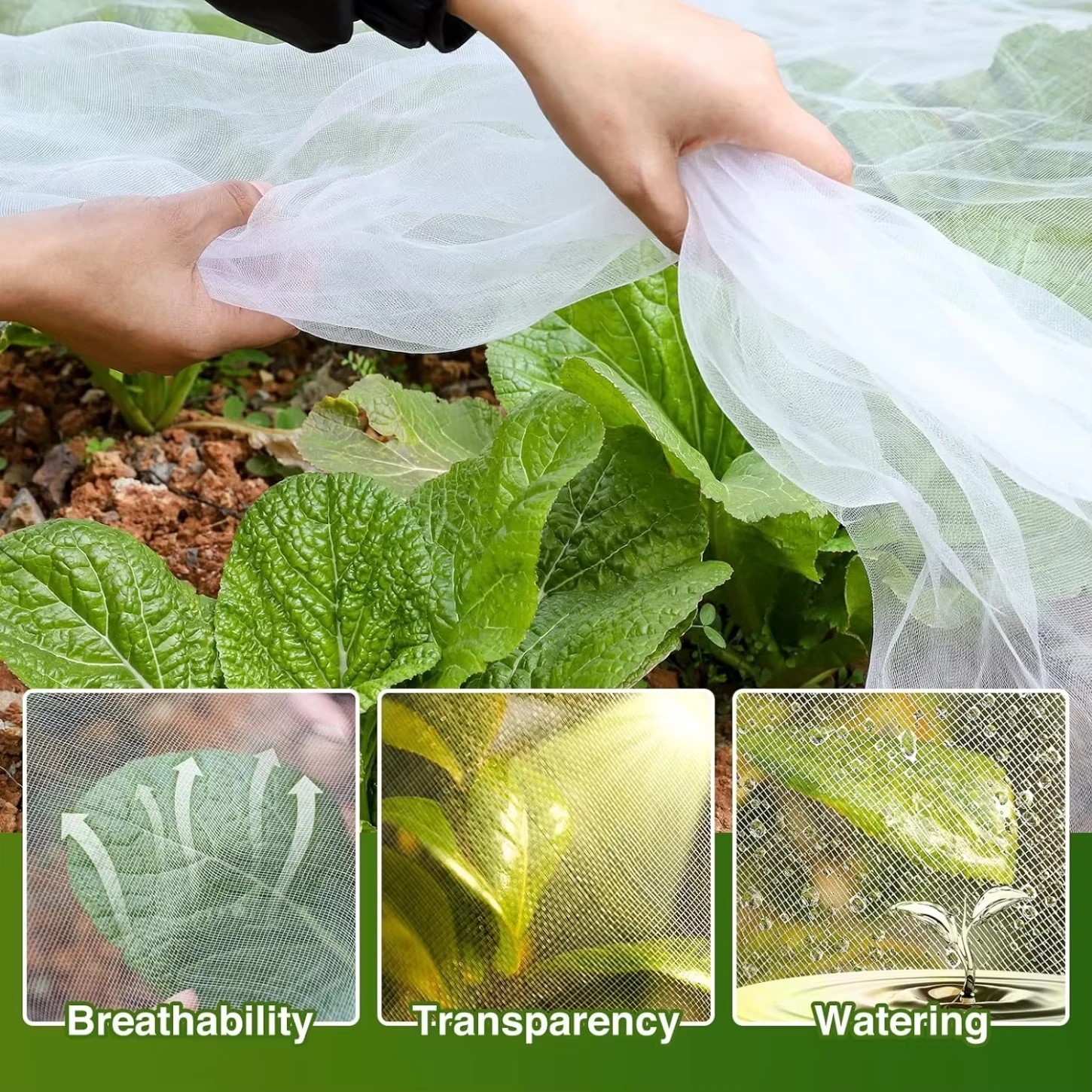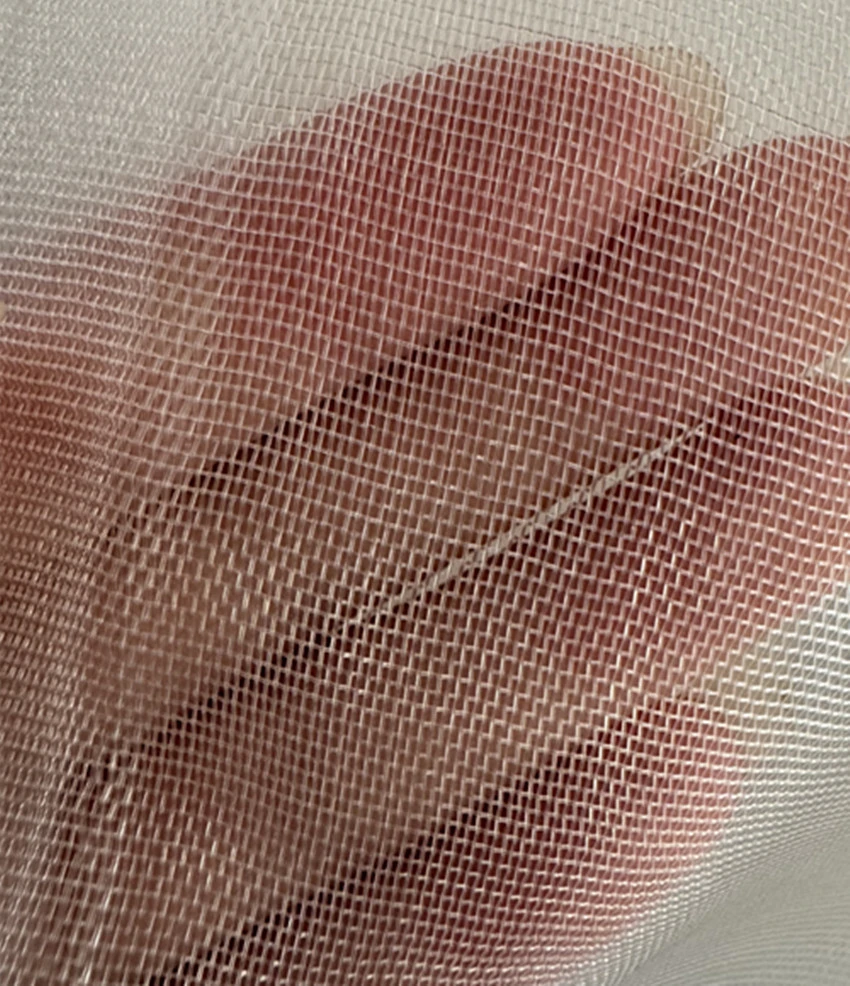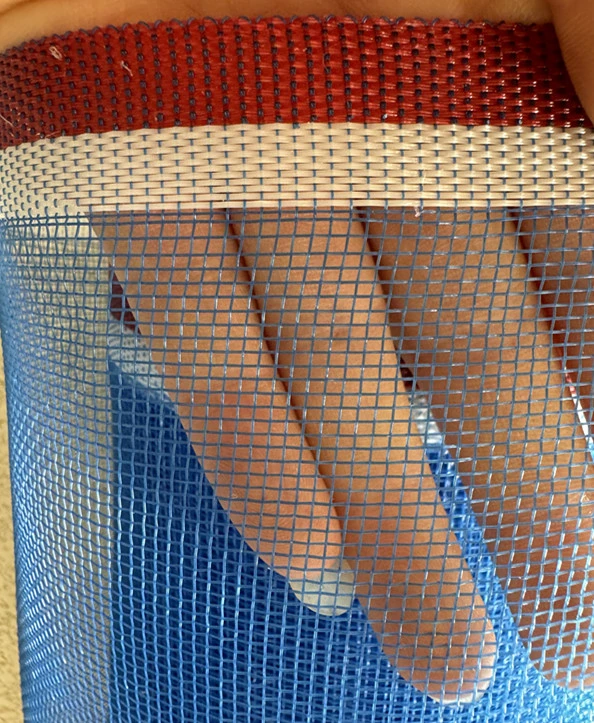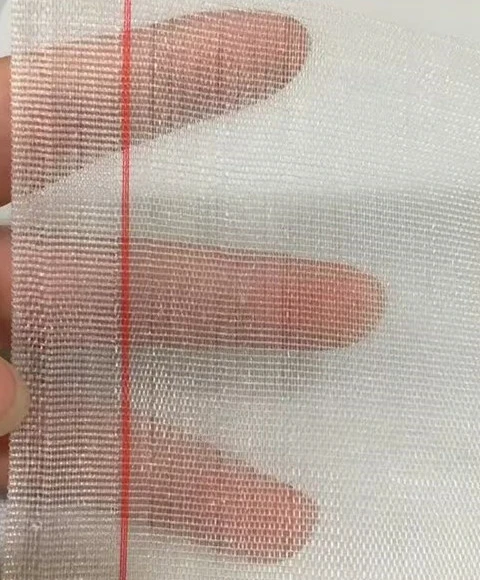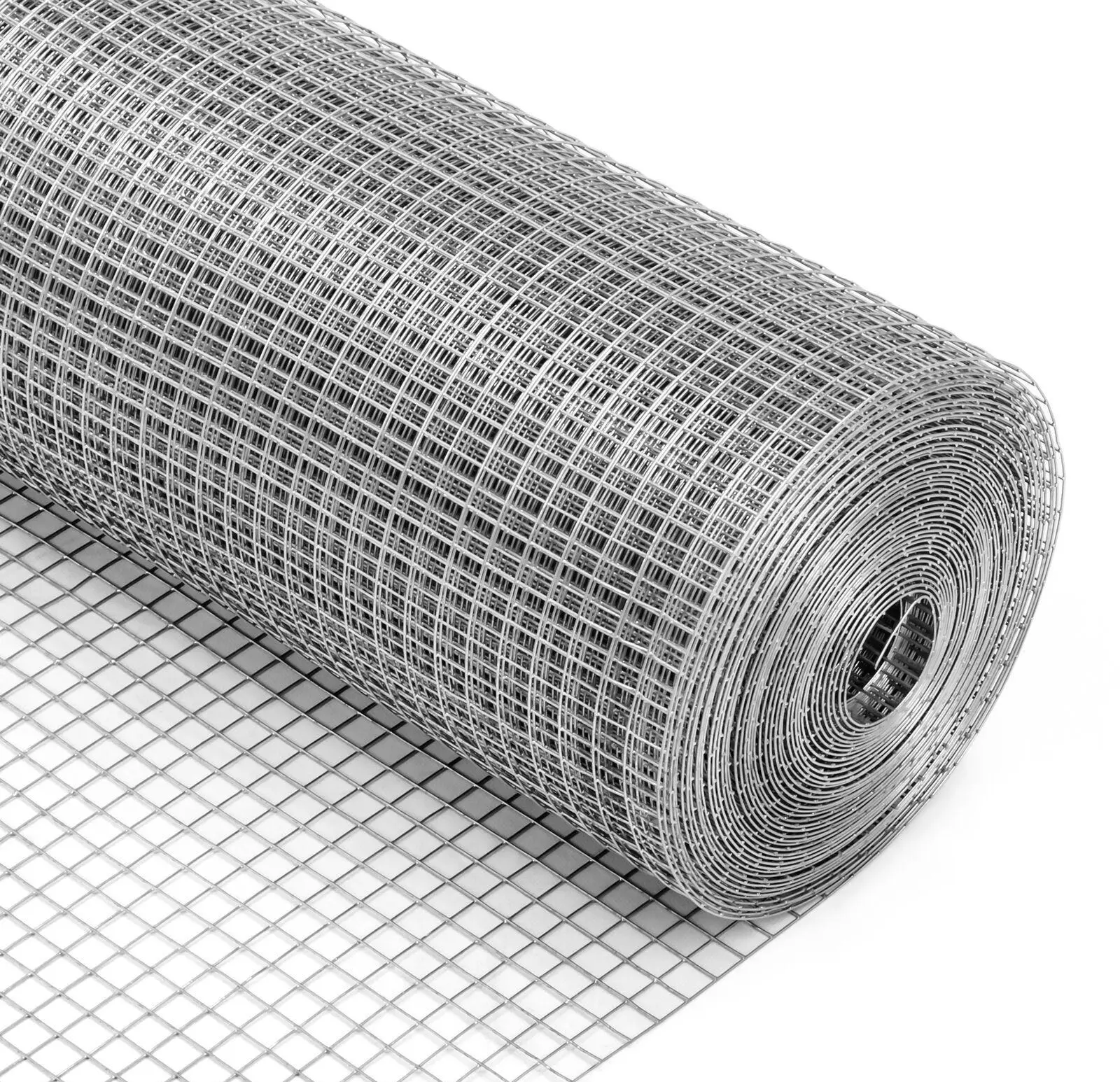-
 Afrikaans
Afrikaans -
 Albanian
Albanian -
 Amharic
Amharic -
 Arabic
Arabic -
 Armenian
Armenian -
 Azerbaijani
Azerbaijani -
 Basque
Basque -
 Belarusian
Belarusian -
 Bengali
Bengali -
 Bosnian
Bosnian -
 Bulgarian
Bulgarian -
 Catalan
Catalan -
 Cebuano
Cebuano -
 China
China -
 Corsican
Corsican -
 Croatian
Croatian -
 Czech
Czech -
 Danish
Danish -
 Dutch
Dutch -
 English
English -
 Esperanto
Esperanto -
 Estonian
Estonian -
 Finnish
Finnish -
 French
French -
 Frisian
Frisian -
 Galician
Galician -
 Georgian
Georgian -
 German
German -
 Greek
Greek -
 Gujarati
Gujarati -
 Haitian Creole
Haitian Creole -
 hausa
hausa -
 hawaiian
hawaiian -
 Hebrew
Hebrew -
 Hindi
Hindi -
 Miao
Miao -
 Hungarian
Hungarian -
 Icelandic
Icelandic -
 igbo
igbo -
 Indonesian
Indonesian -
 irish
irish -
 Italian
Italian -
 Japanese
Japanese -
 Javanese
Javanese -
 Kannada
Kannada -
 kazakh
kazakh -
 Khmer
Khmer -
 Rwandese
Rwandese -
 Korean
Korean -
 Kurdish
Kurdish -
 Kyrgyz
Kyrgyz -
 Lao
Lao -
 Latin
Latin -
 Latvian
Latvian -
 Lithuanian
Lithuanian -
 Luxembourgish
Luxembourgish -
 Macedonian
Macedonian -
 Malgashi
Malgashi -
 Malay
Malay -
 Malayalam
Malayalam -
 Maltese
Maltese -
 Maori
Maori -
 Marathi
Marathi -
 Mongolian
Mongolian -
 Myanmar
Myanmar -
 Nepali
Nepali -
 Norwegian
Norwegian -
 Norwegian
Norwegian -
 Occitan
Occitan -
 Pashto
Pashto -
 Persian
Persian -
 Polish
Polish -
 Portuguese
Portuguese -
 Punjabi
Punjabi -
 Romanian
Romanian -
 Russian
Russian -
 Samoan
Samoan -
 Scottish Gaelic
Scottish Gaelic -
 Serbian
Serbian -
 Sesotho
Sesotho -
 Shona
Shona -
 Sindhi
Sindhi -
 Sinhala
Sinhala -
 Slovak
Slovak -
 Slovenian
Slovenian -
 Somali
Somali -
 Spanish
Spanish -
 Sundanese
Sundanese -
 Swahili
Swahili -
 Swedish
Swedish -
 Tagalog
Tagalog -
 Tajik
Tajik -
 Tamil
Tamil -
 Tatar
Tatar -
 Telugu
Telugu -
 Thai
Thai -
 Turkish
Turkish -
 Turkmen
Turkmen -
 Ukrainian
Ukrainian -
 Urdu
Urdu -
 Uighur
Uighur -
 Uzbek
Uzbek -
 Vietnamese
Vietnamese -
 Welsh
Welsh -
 Bantu
Bantu -
 Yiddish
Yiddish -
 Yoruba
Yoruba -
 Zulu
Zulu
Construction Wire Mesh: Performance, Applications, And Development Trends
The construction industry is an important pillar of the national economy, and Construction Wire Mesh, as a fundamental building material, plays an indispensable role in modern architecture. Construction Wire Mesh, with its unique structure and excellent performance, is widely used in various fields such as concrete structures, pavement engineering, and insulation systems, making important contributions to the safety, durability, and economy of buildings. This article will explore the performance characteristics, application areas, and future development trends of Construction Wire Mesh.
Construction Wire Mesh, As the name suggests, it is a mesh structure formed by welding or weaving metal wires
According to the production process, it can be divided into various types such as welded chicken mesh for construction, woven construction wire mesh, and punched steel mesh. Its core advantage lies in its high strength and uniform mechanical properties. Compared with traditional steel bars, Construction Wire Mesh has higher tensile and shear strength, which can effectively improve the overall strength and crack resistance of concrete structures. In addition, the mesh structure of Construction Wire Mesh can form a good grip with concrete, reducing the shrinkage deformation and creep of concrete structures, thereby extending the service life of buildings.
The application fields of Construction Wire Mesh are very extensive
In reinforced concrete structures, chicken mesh in construction is often used as a substitute for steel bars to reinforce components such as walls, floors, beams, and columns. Especially in situations where high spacing between steel bars is required for thin shell structures, prefabricated components, etc., Construction Wire Mesh can better leverage its advantages, achieve uniform reinforcement, and improve the overall integrity of the structure. In road engineering, Construction Wire Mesh can effectively prevent road cracking and settlement, improve the bearing capacity and service life of the road surface. In insulation systems, Construction Wire Mesh is often used as a reinforcement material for the insulation layer, which can effectively prevent the insulation layer from falling off and deforming, and improve the performance and safety of the insulation system. In addition, Construction Wire Mesh is widely used in fields such as slope protection, fencing, and partitions, with excellent protective and decorative effects.
With the continuous development of construction technology, Construction Wire Mesh is also constantly advancing
On the one hand, the application of new materials is constantly emerging. For example, using high-strength steel wire, stainless steel wire, galvanized wire, etc. can further improve the strength, corrosion resistance, and durability of construction mesh wire. On the other hand, the continuous improvement of production processes has also optimized the performance of Construction Wire Mesh. For example, the use of automated welding equipment and precision weaving technology can improve the dimensional accuracy and mesh uniformity of Construction Wire Mesh. In addition, specialized Construction Wire Mesh for specific application areas have gradually emerged, such as high-strength Construction Wire Mesh for bridge reinforcement and sprayed concrete Construction Wire Mesh for tunnel support.
Looking ahead, the development trend of Construction Wire Mesh will place greater emphasis on high performance, environmental friendliness, and sustainability
High performance construction steel mesh will develop towards higher strength, durability, and lightweight to meet the higher requirements of modern architecture for structural performance. Environmentally friendly Construction Wire Mesh will pay more attention to the selection of raw materials and the environmental friendliness of the production process, reducing its impact on the environment. Sustainable Construction Wire Mesh will place greater emphasis on resource recycling and waste recovery, achieving sustainable development of building materials.
In summary, Construction Wire Mesh, as an important building material, has made significant contributions to the development of modern architecture with its excellent performance and wide applications. With the advancement of technology and the continuous development of construction technology, Construction Wire Mesh will continue to innovate and bring more possibilities to the construction industry.
Construction Wire Mesh FAQs
What is Construction Wire Mesh?
Construction Wire Mesh is a mesh material woven or welded from high-strength steel wires, mainly used for concrete reinforcement, wall support, and ground crack prevention in construction projects. It has the characteristics of high tensile strength and good durability, which can effectively enhance the stability of building structures.
What are the main types of Construction Wire Mesh?
Welded steel wire mesh: formed by cross welding steel wires, with a sturdy structure, commonly used for concrete reinforcement and floor heating installation.
Woven steel wire mesh: made by mechanical weaving, with good flexibility, suitable for wall plastering and decoration projects.
Diamond shaped steel wire mesh: also known as "hooked mesh", used for slope protection, fencing, etc.
Galvanized steel wire mesh: surface galvanized treatment, rust and corrosion resistant, suitable for outdoor or humid environments.
What is the main purpose of Construction Wire Mesh?
Concrete reinforcement: Enhance the crack resistance and bearing capacity of floor slabs, walls, and floors.
Wall plastering: prevent cracking of the plastering layer and improve adhesion.
Floor heating installation: Fix the floor heating pipes to evenly dissipate heat.
Fencing and protection: used for temporary fencing and stair protection on construction sites.
Road crack prevention: laid under asphalt or concrete pavement to reduce the occurrence of cracks.
How to choose the appropriate Construction Wire Mesh?
The following factors need to be considered:
Material: ordinary carbon steel (economical type), galvanized steel (rust proof), stainless steel (high corrosion environment).
Mesh size: Choose according to the purpose, such as 50 × 50mm or 100 × 100mm commonly used for concrete reinforcement.
Steel wire diameter: The larger the diameter, the higher the strength, such as the commonly used Φ 2 Φ 3mm for underfloor heating networks.
Surface treatment: galvanized, sprayed or PVC coated to extend service life.
Key points for construction and maintenance of Construction Wire Mesh
Installation method:
Concrete reinforcement: laid between steel reinforcement layers and firmly fixed.
Wall plastering: fixed on the base layer with nails or adhesives.
Maintenance and upkeep:
Regularly inspect the corrosion of outdoor galvanized mesh and promptly repaint or replace it.
Avoid hard object impact or human damage that may affect the structural strength.
-
Anti Hail Net | UV-Stable, High-Strength Orchard ShieldNewsNov.17,2025
-
Anti Bird Netting – UV-Stable, Durable, Humane ProtectionNewsNov.17,2025
-
Welded Wire - Durable, Rust-Resistant Mesh, Custom SizesNewsNov.17,2025
-
Garden Mesh Sun Shade – UV-Resistant, Durable, Custom SizesNewsNov.17,2025
-
Bird in Net Solution: Humane, UV-Resistant Bird NettingNewsNov.17,2025
-
Stainless Steel Filters: Durable, Washable, High-FlowNewsNov.10,2025





